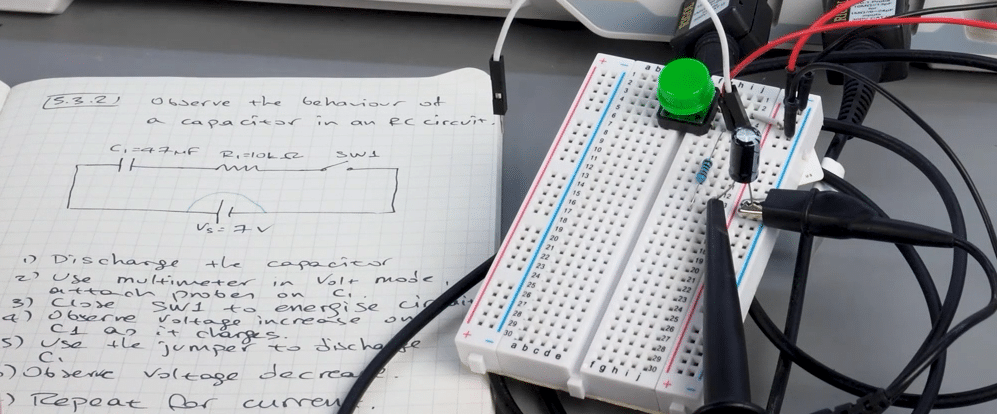Circuit boards, also known as printed circuit boards (PCBs), are the physical platforms that hold and connect the electrical components necessary for an electronic device to function. These boards are the backbone of most modern electronic devices and play a crucial role in their operation.
A PCB usually consists of:
-
Substrate: The non-conductive base material, often made of fiberglass, that lends the board its rigidity.
-
Copper layers: These conductive tracks etched onto the board, replace wires and connect the components to form circuits.
-
Soldermask: The insulating layer that protects the copper, usually green, ensures that components don't short-circuit.
-
Silkscreen: This layer contains labels for component placement and other markings essential for assembling and debugging the board.
Electronic components, such as resistors, capacitors, and integrated circuits, are then attached to the circuit board, typically through a process known as soldering. There are several types of circuit boards, including:
-
Single-sided PCBs: Have the conductive copper and components on one side of the board.
-
Double-sided PCBs: Have circuits on both sides of the substrate.
-
Multilayer PCBs: Include multiple layers of substrate with insulating materials in between; these are used for complex circuitry.
PCBs, along with integrated circuits, allow for small, complex, and more reliable electronic devices. From the most straightforward amp circuits to highly intricate computer systems, PCBs provide the essential platform for electronic connections and interactions.

